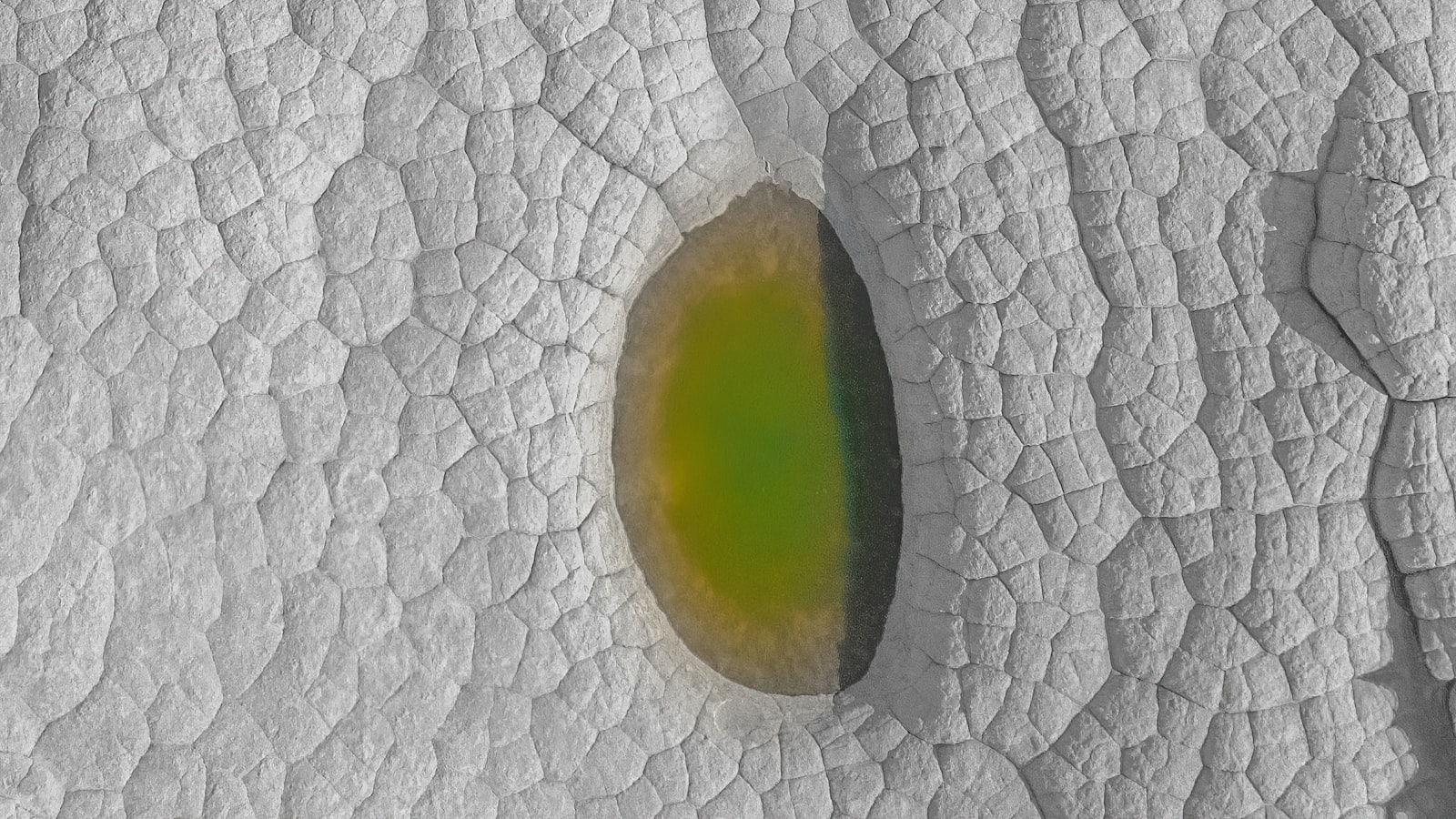文章首发于:clawhub.club
继承与实现 ArrayList 继承(extends) AbstractList抽象类,实现(implements) List, RandomAccess, Cloneable, java.io.Serializable接口。
AbstractList 是List接口的一个框架实现,以尽量减少实现此接口所需的工作。
1 public abstract class AbstractList <E> extends AbstractCollection <E> implements List <E>
List 继承Collection集合接口,是一个有序的集合,提供插入、查找等操作。
1 public interface List <E> extends Collection <E>
RandomAccess 这是一个标记接口,用于随机访问列表时提供更好的性能,如果集合类实现了RandomAccess接口,则表示这个集合类持支快速随机访问,且量用for(int i = 0; i < size; i++) 来遍历,效率高。
Cloneable 实现Cloneable接口的目的是重写java.lang.Object的clone()的方法,实现浅拷贝。
java.io.Serializable 实现该接口的类支持序列化。
构造函数 ArrayList 提供了三个构造函数:
ArrayList():默认构造函数,提供初始容量为 10 的空列表。
ArrayList(int initialCapacity):构造一个具有指定初始容量的空列表。
ArrayList(Collection<? extends E> c):构造一个包含指定 collection 的元素的列表,这些元素是按照该 collection 的迭代器返回它们的顺序排列的。
这里面涉及到的EMPTY_ELEMENTDATA与DEFAULTCAPACITY_EMPTY_ELEMENTDATA的区别,后期专门分析。
1 2 3 4 5 6 7 8 9 10 11 12 13 14 15 16 17 18 19 20 21 22 23 24 25 26 27 28 29 30 31 32 33 34 35 36 37 38 39 40 41 42 43 44 45 46 47 48 49 private static final Object[] EMPTY_ELEMENTDATA = {};private static final Object[] DEFAULTCAPACITY_EMPTY_ELEMENTDATA = {};transient Object[] elementData;public ArrayList () { this .elementData = DEFAULTCAPACITY_EMPTY_ELEMENTDATA; } public ArrayList (int initialCapacity) { if (initialCapacity > 0 ) { this .elementData = new Object [initialCapacity]; } else if (initialCapacity == 0 ) { this .elementData = EMPTY_ELEMENTDATA; } else { throw new IllegalArgumentException ("Illegal Capacity: " + initialCapacity); } } public ArrayList (Collection<? extends E> c) { elementData = c.toArray(); if ((size = elementData.length) != 0 ) { if (elementData.getClass() != Object[].class) elementData = Arrays.copyOf(elementData, size, Object[].class); } else { this .elementData = EMPTY_ELEMENTDATA; } }
新增 主要介绍add(E e),add(int index, E element),set(int index, E element)方法。
1 2 3 4 5 6 7 8 9 10 11 12 13 14 15 16 17 18 19 20 21 22 23 24 25 26 27 28 public boolean add (E e) { ensureCapacityInternal(size + 1 ); elementData[size++] = e; return true ; } private static int calculateCapacity (Object[] elementData, int minCapacity) { if (elementData == DEFAULTCAPACITY_EMPTY_ELEMENTDATA) { return Math.max(DEFAULT_CAPACITY, minCapacity); } return minCapacity; } private void ensureCapacityInternal (int minCapacity) { ensureExplicitCapacity(calculateCapacity(elementData, minCapacity)); } private void ensureExplicitCapacity (int minCapacity) { modCount++; if (minCapacity - elementData.length > 0 ) grow(minCapacity); }
add(int index, E element):将指定的元素插入此列表中的指定位置。
1 2 3 4 5 6 7 8 9 10 11 12 13 14 15 16 17 18 19 20 21 public void add (int index, E element) { rangeCheckForAdd(index); ensureCapacityInternal(size + 1 ); System.arraycopy(elementData, index, elementData, index + 1 , size - index); elementData[index] = element; size++; } private void rangeCheckForAdd (int index) { if (index > size || index < 0 ) throw new IndexOutOfBoundsException (outOfBoundsMsg(index)); }
set(int index, E element):用指定的元素替代此列表中指定位置上的元素。
1 2 3 4 5 6 7 8 9 10 11 12 13 14 15 16 17 18 19 20 public E set (int index, E element) { rangeCheck(index); E oldValue = elementData(index); elementData[index] = element; return oldValue; } private void rangeCheck (int index) { if (index >= size) throw new IndexOutOfBoundsException (outOfBoundsMsg(index)); } @SuppressWarnings("unchecked") E elementData (int index) { return (E) elementData[index]; }
查找 get(int index) ,速度非常快,随机访问。
1 2 3 4 5 6 7 8 9 10 11 12 13 14 public E get (int index) { rangeCheck(index); return elementData(index); } private void rangeCheck (int index) { if (index >= size) throw new IndexOutOfBoundsException (outOfBoundsMsg(index)); } @SuppressWarnings("unchecked") E elementData (int index) { return (E) elementData[index]; }
删除 remove(int index):移除此列表中指定位置上的元素。从源码中可以看到发生了数据拷贝,消耗性能,
1 2 3 4 5 6 7 8 9 10 11 12 13 14 15 16 17 18 19 public E remove (int index) { rangeCheck(index); modCount++; E oldValue = elementData(index); int numMoved = size - index - 1 ; if (numMoved > 0 ) System.arraycopy(elementData, index+1 , elementData, index, numMoved); elementData[--size] = null ; return oldValue; }
remove(Object o):移除此列表中首次出现的指定元素(如果存在)。
1 2 3 4 5 6 7 8 9 10 11 12 13 14 15 16 17 18 19 20 21 22 23 24 25 26 27 28 29 public boolean remove (Object o) { if (o == null ) { for (int index = 0 ; index < size; index++) if (elementData[index] == null ) { fastRemove(index); return true ; } } else { for (int index = 0 ; index < size; index++) if (o.equals(elementData[index])) { fastRemove(index); return true ; } } return false ; } private void fastRemove (int index) { modCount++; int numMoved = size - index - 1 ; if (numMoved > 0 ) System.arraycopy(elementData, index+1 , elementData, index, numMoved); elementData[--size] = null ; }
retainAll(Collection<?> c):只保留此列表中包含在指定集合中的元素。换句话说,从这个列表中删除指定集合中不包含的所有元素。
1 2 3 4 5 6 7 8 9 10 11 12 13 14 15 16 17 18 19 20 21 22 23 24 25 26 27 28 29 30 31 32 public boolean removeAll (Collection<?> c) { Objects.requireNonNull(c); return batchRemove(c, false ); } private boolean batchRemove (Collection<?> c, boolean complement) { final Object[] elementData = this .elementData; int r = 0 , w = 0 ; boolean modified = false ; try { for (; r < size; r++) if (c.contains(elementData[r]) == complement) elementData[w++] = elementData[r]; } finally { if (r != size) { System.arraycopy(elementData, r, elementData, w, size - r); w += size - r; } if (w != size) { for (int i = w; i < size; i++) elementData[i] = null ; modCount += size - w; size = w; modified = true ; } } return modified; }
参考资料: http://wiki.jikexueyuan.com/project/java-enhancement/java-twentyone.html https://snailclimb.gitee.io/javaguide/#/./java/ArrayList https://juejin.im/post/5c0a7130e51d4529ee233d3b https://www.cnblogs.com/mingmingcome/p/9350667.html https://juejin.im/post/5b76357df265da27fd70c3ce





